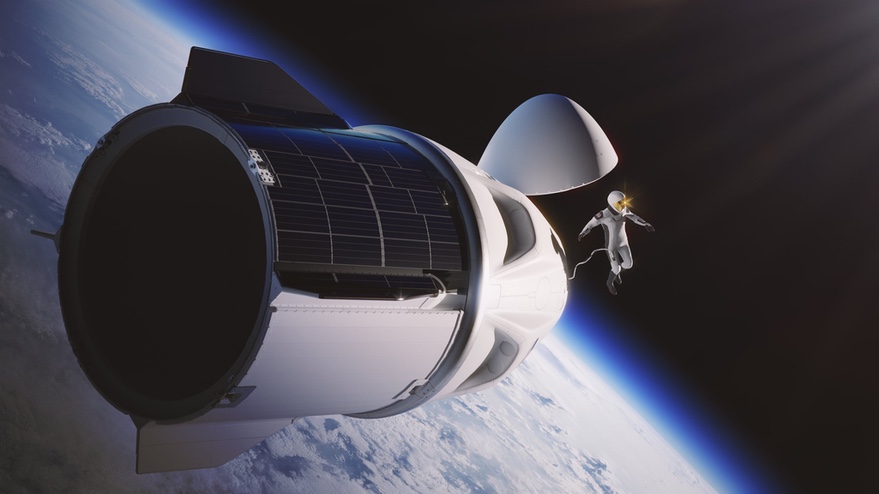I think that the Polaris missions are not only laying a foundation for civilian crewed missions to Mars, they are also laying the foundation for space tourism well beyond what Blue Origin and Virgin Galactic are offering or will ever offer.
Like you, I can envision a future, maybe five years from now, where there will be a Starship version with seating for around 50 or so ”space tourists” who will get to do 5 or 10 orbits before returning. Prerequisites may be as basic as no major medical problems and an exam by a SpaceX flight surgeon. Ticket cost: $300,000. SpaceX profit per flight: $10,000,000. The market might support a flight a month.
By then there will be “space hotels”. Much more costly, but there’s a market for that.
Take my money, please!
It's been my dream for the past few years that as Tesla SP continues to rise year by year, and Starship flights become routine, I'll be able to experience LEO in a Starship for one or a few days. We know that fuel cost for a Starship flight is pretty reasonable, so your $300K estimate sounds right.
If that comes to pass I plan to bring my two closest space geek best friends along with me. What a bookend to having bonded with one of them watching pre Apollo launches on a black and white TV in our elementary school gym!







